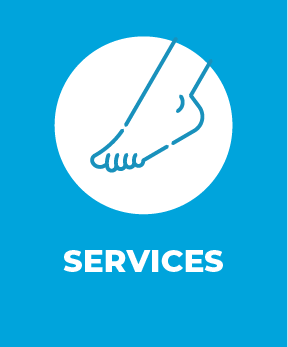MINIMALLY INVASIVE SURGERY
LESS PAIN • FAST RECOVERY • SMALL SKIN INCISIONS
LOCAL ANESTHESIA • NO NEED FOR PINS, SCREWS OR PLATES
Aim and Definition of Minimally Invasive Foot Surgery
The aim, definition and history of minimal invasive foot surgery may be best described by Professor Mariano de Prado MD, PHD, an internationally renowned orthopedic surgeon (student of Dr. Isham, the founder of Coeur d’Alene Foot and Ankle Clinic and Surgery Center). The present aim of surgical treatment for foot deformities is to correct all the pathological elements producing them, not only the resulting abnormality and to favor the long-term preservation of the biomechanics and function of the foot. More and more orthopedic and podiatric surgery favor the use of minimally invasive or percutaneous techniques.

”Not only do we use these minimally invasive techniques, we also invented, developed, published, and teach many of these procedures.
Minimally invasive foot and ankle surgery is favored by surgeons and patients because of reduced post-operative discomfort and faster healing times. Minimally invasive surgery (MIS), allows for interventions to be carried out through extremely small incisions without direct exposure of the surgical field thus causing minimal injury to the adjacent tissues. These procedures performed with just the foot asleep instead of using general anesthesia makes foot surgery possible for some patients who were previously considered to be too at risk for traditional surgery due to age or medical history. Radiographic monitoring is required during the procedure to guide the surgical maneuvers. These techniques were pioneered by Dr. Morton Polokoff, who in 1945 presented a system of subdermal surgery using very small instruments. There have been 60 plus years of advancements leading to the state of the art procedures we use today.








REQUEST AN APPOINTMENT
Please call us at (208) 666-0605 or fill out the form below
to submit your information





